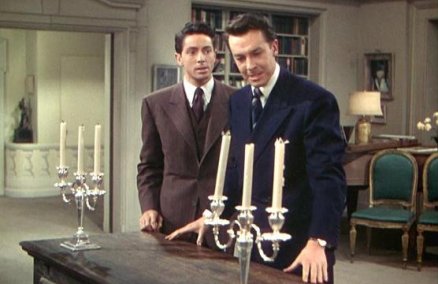How does it feel being a Thai artist performing with a Brit band?
I wouldn’t say that The Standards are a British band, just like we’re not really a Thai band. Sure we have members from each country; one of us even has American citizenship. It just feels great being in The Standards because we’re a great band.
What do you normally listen to? Do you guys favor UK indie music?
When I was a teenager, bands like Suede and Blur inspired me to be in a band and The Chemical Brothers made me want to make noise on a synth. I mostly listen to electronic music and indie but not specifically UK indie.
What is the hardest part and the best part about being in a band?
When we write a song, I try to put my signature sound into it. The hardest thing is to judge what sits perfectly in a song and try not to overproduce it. The best thing is that we play good music to people who know what good music is and we all enjoy doing it.
Is there a difference between British crowds and Thai crowds?
In England, people come to see a band, stand up, pay attention and really listen. They don’t sit down, enjoy a meal or talk to friends while the band is playing.
How was your England tour? See anything good?
I learned a few good tips from a brilliant soundman, small but very important details. He actually ended up coming on half the tour with us. I also saw other bands there do different things and use different techniques, which I would never have known otherwise. I also had a chance to see huge acts attended by thousands of people, which is something that doesn’t happen here. Arcade Fire, The Vaccines, The Chemical Brothers, The Streets, all at different festivals. The music scene there is so inspiring.
What are your thoughts on the Thai music scene?
Bands we played with in England all play their own songs. They might have one cover in their set, but in Thailand it is the opposite. Most, if not all, Thai bands play covers and play a few of their own songs if any. Every venue we played there, big or small, always sounded big. The bass pumped into your heart, the middle and treble are loud and clear and the vocals sit well in the mix. Some venue owners here only think about what can reduce costs. The Thai music scene is getting better. There are more alternative bands and there are parties to enjoy different types of music. But these things need serious support and respect from Thai audiences.
Which has been your best gig?
The one at Alan Mcgee’s Greasy Lips at Brixton Jamm in London. He’s a legend and he danced to our music. Lots of people turned up to see us play and we didn’t let them down. It was the second to last gig of the tour—we were exhausted but we gave it 110%. Everyone smiled, everyone sang and everyone loved it.
What’s next? Any plans on your next album?
We’ve started writing new songs for our second album. We’ve got a few things lined up in Bangkok over the next few months; then we hit the road again to play Manila and Hanoi in January. Vasachol Quadri
Check out the band's YouTube channel at
http://www.youtube.com/user/TheStandardsOfficial.
Advertisement





















